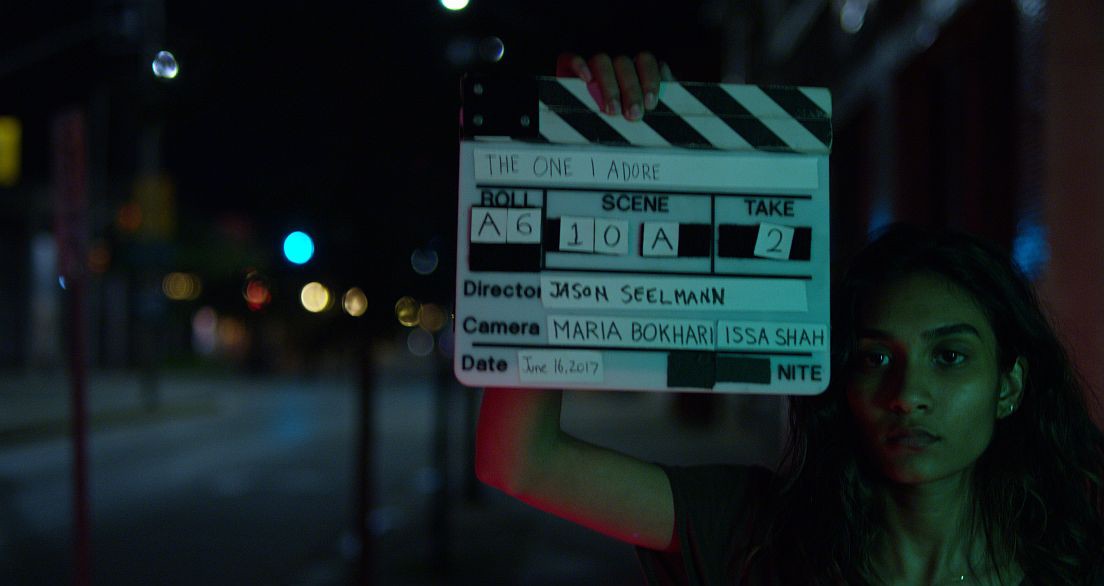The One I Adore


“The One I Adore” is a story of love lost and the lengths some can go to get it back.
The shots were great, the score incredible, but the plot in itself was too predictable. The fact that the ex-lover was enjoying herself alone left us knowing she was fantasizing about the female — and in the window at the restaurant, only the female’s face could be seen. I can’t tell if we were supposed to know that in the beginning, but it nearly seems like it. Also, the close-up shot of the ex peeping through the window was too animated. Any of the facial movements would have been good with episodes of non-movement, but too many all at once overkilled it. The people watching the film need a moment to comprehend what is happening. When emotions happen all at once, unlike fight scenes, we need a moment to “digest” the content and figure out a few things for ourselves.
The couple did a great job with the facial disclosures of the events; the casual chatter over dinner was a nice touch. The hand-touching was also intriguing, although it would have seemed less planned if only one had moved his or her hand toward the other, not both at the same time. Also, directly after the hand gathering, more emotion between the couple would have been better so we could understand how the two genuinely felt – as if when the killer entered, we also had an emotional investment. Doing so would have completed the basis for the story’s main sector.
The music, as stated, was astounding, especially at the beginning. Interest was piqued. The overhead shot of the car was especially tantalizing. There did seem to be an evident build with the colors of black, white, green, and blue involved. The red light on the culprit’s face could have been used more sparingly. If we were able to like her in the beginning, or at least relate to her a little more before she was all red and freakish, the story would have had more of a twist—at least less predictable.
The magic being that if we liked the ex in the beginning, and she “sold” us, it would almost be deceitful when she turned into a lunatic. Situations that mess with the audience’s mind, more than the players’, make for a bigger sale. Rather than allowing us to know she was a “bad guy” in the beginning and using red lights throughout took the edge off of our ignorance, making it less fun.
The best part of the film, however, was getting the message across without using words. Not an easy task but pays off in the long run because any country can watch and understand it without having a clear perception of the home language. This international resonation within a film is a fairly big deal—also, the love factor. With same sex and interracial relationships flourishing, the film shows it’s up with the times and on top of what the public is buying.
All in all, these tiny key changes could absolutely make a winning film. With the talent already in hand from the music to the camerawork, there’s no stopping the skills of Jason Seelmann—a name to be reckoned with in the future.




